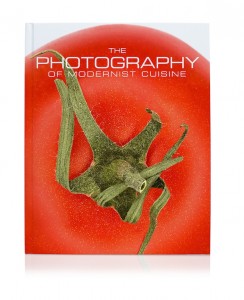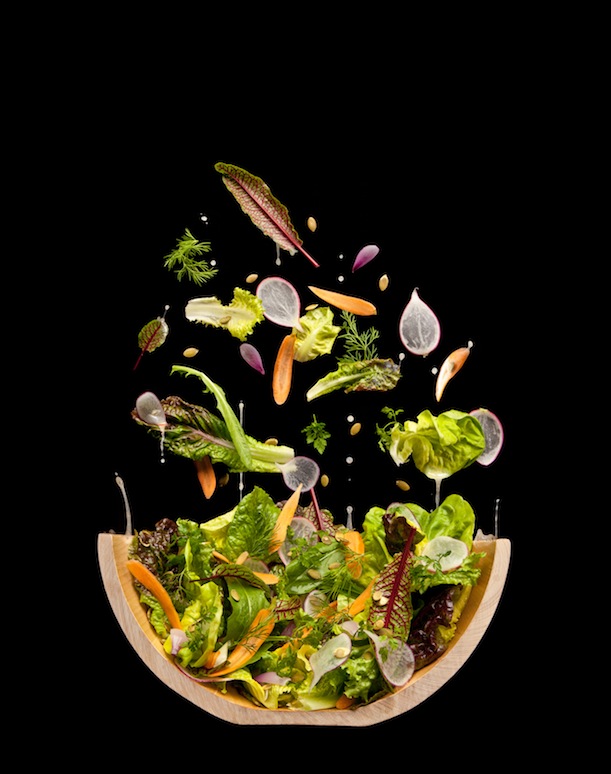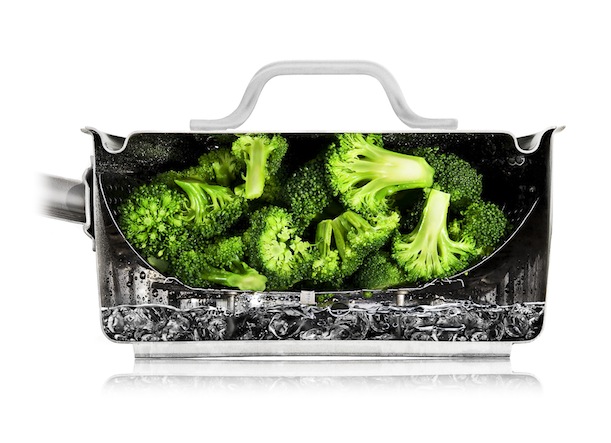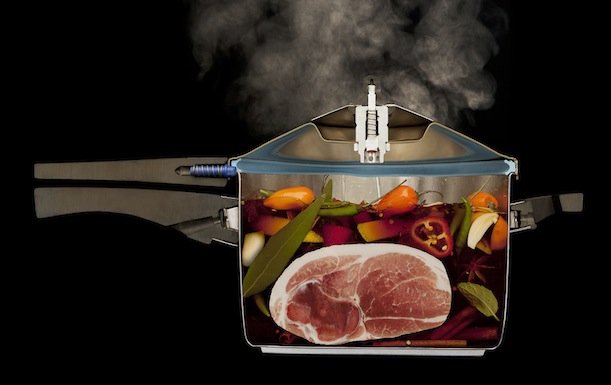These Spectacular Cutaways Give You An Insider’s View of Your Food
Nathan Myhrvold and a team of photographers have sliced meats, vegetables, pots, pans and ovens in half to produce stunning cross-sections of cooking
/https://tf-cmsv2-smithsonianmag-media.s3.amazonaws.com/filer/20131030112018PR_Barbeque_Hamburger-Cutaway_VQ6B8473-With-LAYERS-copy.jpg)
When you grill a burger, you might enjoy watching the hot charcoal glow and the red meat gradually darken. Nathan Myhrvold and his colleagues at The Cooking Lab, though, aren’t content with that.
As part of the new book The Photography of Modernist Cuisine, they want us to see inside the food itself. When they grill, they want to give us a snapshot of ground beef cook slowly browning from the flame upward. When they can vegetables, they want us to see the boiling water bubbling up, preserving the carrots and mushrooms in tightly sealed jars. They want us to see inside the mechanisms that power an oven, allowing us to roast a ham without building a fire in our home.
To accomplish this goal, they’ve sliced pots, pans and ovens in half, used heat-tolerant adhesives to glue pieces of glass in place, and stitched multiple images together with digital software, among other techniques. There are hundreds of other stunning photos in the enormous 13-pound, large-format tome, but the innovative cutaways stand out, providing unprecedented views into the essential processes that produce the food we eat every day.
Myhrvold, a former executive at Microsoft, continued pursuing his lifelong interests in food and photography after retiring from the company and produced a pair of in-depth cookbooks—the encyclopedic, 2,472-page Modernist Cuisine and the more user-friendly Modernist Cuisine at Home. In them, he sought to convey the complex science that goes on during all sorts of cooking processes. Working with Ryan Matthew Smith, Chris Hoover and other photographers, he embarked on an ambitious project to provide suitably thorough and beautiful photos to illustrate the recipes.
“The first idea I had was to show food from a new perspective, literally: through annotated cutaway views of the interior,” he writes in The Photography of Modernist Cuisine, which features a selection of some of the best photos from the library of more than 200,000 they’ve created over the years, along with thorough explanations of their creative process. “Although I knew it would be tough to pull this off with photography, photos would be much more stunning than illustrations, if we succeeded. It would be a kind of image that few people had ever seen before.”
This photo of broccoli being steamed was the first cutaway they ever created, and was shot in Myhrvold’s garage, as the research kitchen they later used to produce the cookbooks (and provide R&D to food companies) hadn’t been built yet. “We had to solve many technical challenges: how to machine the pot in half, perch the cut broccoli florets in a stable but natural-looking configuration, capture side-on shots of boiling water, and composite all the elements together,” Myhrvold writes. “But the result was so successful, so magical at revealing cooking as it happens, that we went on to make dozens of such cutaways.”
For this image of vegetables being canned, the team had to knit together two different images: cut vegetables, suspended in a gel inside jars that were themselves cut in half; and empty cut jars, glued to a glass plate attached to the pot and surrounded by boiling water. “The result is a new view of a very old cooking method,” Myhrvold writes.
Soon, the group moved on to even more challenging images, like this one of a pork roast atop ashy embers. This too involved digitally stitching together multiple shots—including those of partially-cooked meat, vegetables and broth placed in a halved iron pot, and those of burning embers piled below and above an emptied pot. “From an aesthetic point of view, the result was a pleasant surprise,” Myhrvold writes. “We find the contrasts of color and texture among the pink meat, fiery orange embers, gray ash, boiling broth, and wispy smoke endlessly fascinating.”
By the time they attempted this shot of a pork shoulder in a pressure cooker, cutting the cooker in half was relatively easy for the team at The Cooking Lab. “But it is harder than you might think to get a clean cut right through the middle of a stout pork shoulder,” Myhrvold writes. “We eventually met with success by freezing the shoulder solid and then sawing it in half.”
Not all the book’s images feature food in the kitchen—some, such as this photo of carrots, radishes, potatoes, leeks and beets, show food products in a more natural habitat. “Of the many thousands of photos in our two previous books, this image was the most technically challenging to set up, shoot, and edit,” Myhrvold writes. “But the rare glimpse it provides of what is normally hidden from us in the garden—the circus-like range of colors of those roots and tubers nestled beneath the surface—was worth the effort.”
/https://tf-cmsv2-smithsonianmag-media.s3.amazonaws.com/accounts/headshot/joseph-stromberg-240.jpg)







/https://tf-cmsv2-smithsonianmag-media.s3.amazonaws.com/accounts/headshot/joseph-stromberg-240.jpg)